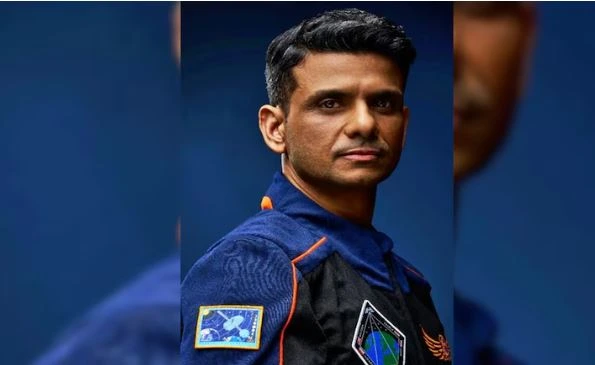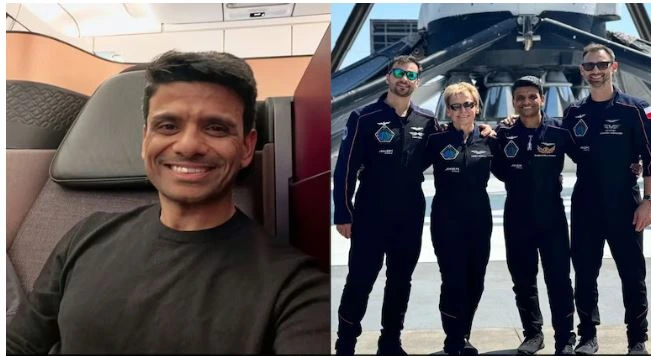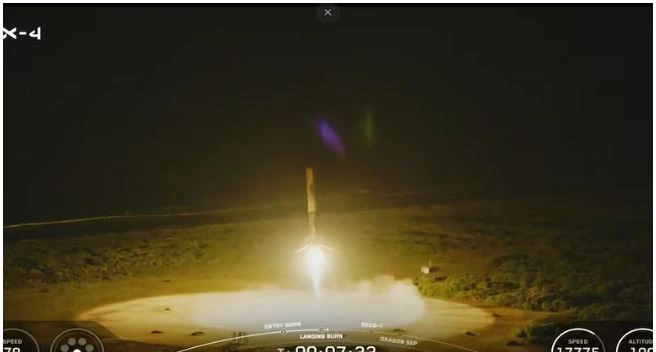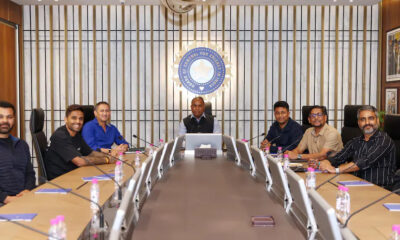Latest Science News
Cancer can recur from blood transfusion, warn researchers

Latest Science News
Astronaut Shubhanshu Shukla to meet PM Modi after return from historic space mission
Astronaut Shubhanshu Shukla, who recently returned from the ISS as part of the Axiom-4 mission, will meet PM Modi this evening. Parliament will also hold a special discussion on his historic journey.
India News
Shubhanshu Shukla pens emotional note as he returns to India after space mission
Indian astronaut Shubhanshu Shukla penned an emotional Instagram post as he returned to India after his 18-day ISS mission, marking a milestone in India’s space journey.
Latest Science News
Shubhanshu Shukla becomes second Indian in space, lifts off for ISS aboard Axiom-4 mission
Group Captain Shubhanshu Shukla becomes the second Indian astronaut to travel to space after four decades, aboard the Axiom-4 mission to the International Space Station.
-
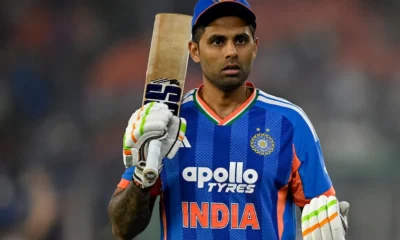
 Cricket news21 hours ago
Cricket news21 hours agoIndia vs South Africa 5th T20I: Samson shines with 37 as India push on after Gill injury
-
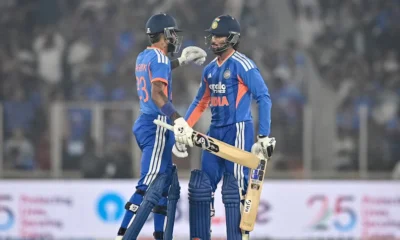
 Cricket news21 hours ago
Cricket news21 hours agoIndia vs South Africa 5th T20I: Tilak Varma, Hardik Pandya power India past 230 in Ahmedabad
-

 Cricket news6 hours ago
Cricket news6 hours agoT20 World Cup 2026: Selectors weigh Shubman Gill role as India squad announcement awaited
-
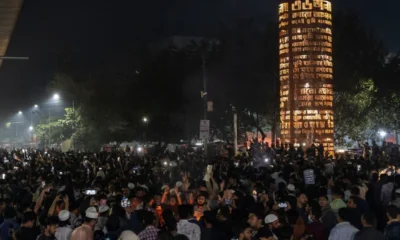
 Latest world news23 hours ago
Latest world news23 hours agoHindu man lynched and set on fire in Bangladesh during anti-India protests
-

 Entertainment22 hours ago
Entertainment22 hours agoOTT and theatrical releases this week: new films and series to watch from December 19 to 26
-

 India News7 hours ago
India News7 hours agoThick smog engulfs Delhi, flights and trains delayed as air quality slips to very poor
-

 Entertainment22 hours ago
Entertainment22 hours agoBharti Singh, Haarsh Limbachiyaa welcome second child after she’s rushed to hospital mid-shoot
-

 India News8 hours ago
India News8 hours agoAssam train accident: Eight elephants killed after Rajdhani Express derailment in Hojai













